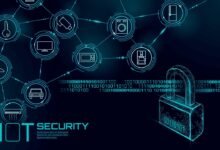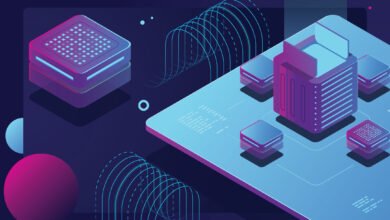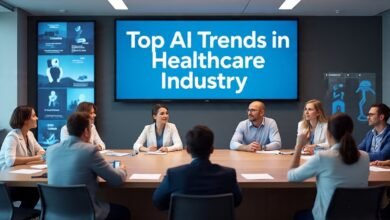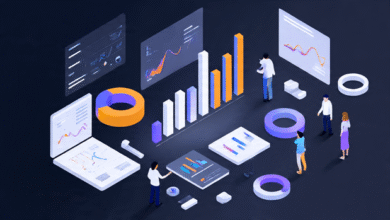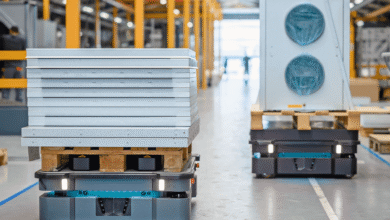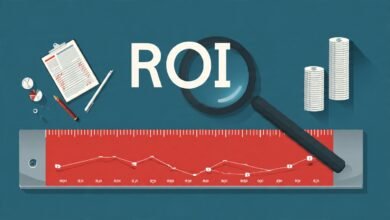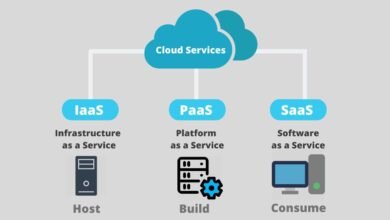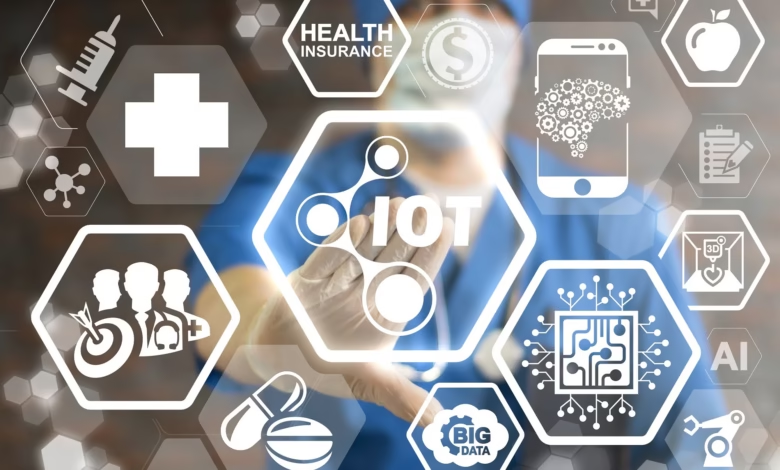
The convergence of healthcare IoT and digital transformation has fundamentally revolutionized how medical professionals deliver patient care in the modern era. As the Internet of Things (IoT) continues to expand its influence across industries, its impact on healthcare has been particularly profound, enabling unprecedented levels of connectivity between patients, providers, and medical devices. Remote patient monitoring systems powered by IoT technology are no longer futuristic concepts but tangible realities that are reshaping the healthcare landscape daily.
Healthcare IoT encompasses a vast ecosystem of interconnected medical devices, wearable sensors, diagnostic equipment, and software applications that collect, transmit, and analyze health data in real-time. This technological revolution has created new possibilities for proactive care management, early disease detection, and personalized treatment protocols that were unimaginable just a decade ago. The global IoT healthcare market is experiencing exponential growth, driven by increasing demand for remote care solutions, aging populations, and the need for more efficient healthcare delivery systems.
The COVID-19 pandemic accelerated the adoption of remote monitoring technologies, demonstrating their critical value in maintaining continuity of care while minimizing physical contact. Today, these systems have evolved beyond emergency solutions to become integral components of comprehensive healthcare strategies. From smart wearable devices that track vital signs continuously to advanced telemedicine platforms that connect patients with specialists across vast distances, Healthcare IoT is dismantling traditional barriers to quality medical care.
This transformation extends beyond mere convenience. Healthcare IoT solutions are addressing fundamental challenges in modern medicine: reducing hospital readmissions, managing chronic diseases more effectively, improving medication adherence, and empowering patients to take active roles in their health management. By leveraging connected medical devices and sophisticated data analytics, healthcare providers can now monitor patients continuously, identify potential health complications before they become critical, and deliver interventions precisely when needed. The integration of artificial intelligence and machine learning with IoT Healthcare IoT systems further enhances predictive capabilities, enabling truly preventive medicine rather than reactive treatment approaches that have dominated healthcare for centuries.
Healthcare IoT Technology
Healthcare IoT, also known as the Internet of Medical Things (IoMT), represents a sophisticated network of medical devices, software applications, and health systems that communicate with one another through internet-enabled technologies. This interconnected ecosystem fundamentally differs from traditional healthcare infrastructure by creating seamless data flows between multiple stakeholders in the healthcare continuum.
At its core, Healthcare IoT consists of three primary components: connected devices that collect health data, communication networks that transmit this information securely, and analytical platforms that process and interpret the data for clinical decision-making. Smart medical devices equipped with sensors continuously gather physiological parameters such as heart rate, blood pressure, glucose levels, oxygen saturation, temperature, and even more complex metrics like electrocardiogram patterns and respiratory rates.
The architecture of healthcare IoT systems typically includes edge devices where data originates, gateway technologies that aggregate and initially process information, cloud infrastructure for storage and advanced analytics, and user interfaces through which healthcare providers and patients access insights. This layered approach ensures data can be processed at appropriate levels—some calculations occur directly on devices for immediate alerts, while more complex analytics happen in cloud environments where substantial computing power is available.
Connected healthcare devices communicate using various protocols, including Bluetooth Low Energy, Wi-Fi, cellular networks (4G/5G), and specialized medical communication standards like Health Level Seven (HL7) and Fast Healthcare Interoperability Resources (FHIR). The evolution of 5G technology has particularly enhanced Healthcare IoT applications by providing the bandwidth and low latency necessary for real-time video consultations, high-definition imaging transmission, and instantaneous alert systems.
Security and privacy remain paramount considerations in Healthcare IoT architecture. These systems implement multiple layers of protection, including end-to-end encryption, secure authentication protocols, regular security audits, and compliance with healthcare regulations such as HIPAA in the United States and GDPR in Europe. The sensitive nature of health data necessitates robust cybersecurity measures to prevent unauthorized access, data breaches, and potential manipulation of medical devices.
Remote Patient Monitoring Systems
Remote patient monitoring (RPM) represents one of the most transformative applications of Healthcare IoT technology. These systems enable continuous surveillance of patient health parameters outside traditional clinical settings, fundamentally changing the patient-provider relationship from episodic encounters to ongoing partnerships.
RPM systems typically employ wearable devices and home-based monitoring equipment that automatically transmit health data to healthcare providers. Patients with chronic conditions such as diabetes, hypertension, heart failure, and chronic obstructive pulmonary disease benefit tremendously from these continuous monitoring capabilities. Rather than relying on periodic clinic visits that provide only snapshots of health status, IoT-enabled remote monitoring offers comprehensive, longitudinal data that reveals patterns, trends, and early warning signs of deterioration.
The workflow of remote patient monitoring begins with patient enrollment and device configuration. Healthcare providers select appropriate IoT medical devices based on specific monitoring needs—a cardiac patient might receive a smart wearable with ECG capabilities, while a diabetic patient would use a connected glucose monitor. These devices automatically collect and transmit data at predetermined intervals, or continuously for certain parameters. Advanced algorithms analyze incoming data streams, comparing values against established baselines and clinical thresholds.
When anomalies are detected, RPM systems generate alerts that are prioritized based on severity and clinical significance. Critical alerts trigger immediate notifications to healthcare providers via multiple channels—mobile applications, text messages, or integration with electronic health record systems. Non-urgent notifications are aggregated into dashboards where clinical teams can review patient data systematically during scheduled monitoring sessions.
The benefits of IoT-based remote monitoring extend across multiple dimensions. Patients experience enhanced convenience, avoiding frequent hospital visits while maintaining close medical supervision. Healthcare providers gain actionable insights into patient health between appointments, enabling timely interventions that prevent complications and hospital readmissions. Healthcare systems realize significant cost savings through reduced emergency department utilization, shortened hospital stays, and more efficient resource allocation.
Research demonstrates that remote patient monitoring significantly improves outcomes for various conditions. Heart failure patients using RPM systems experience fewer hospitalizations and improved quality of life. Diabetic patients achieve better glycemic control through continuous glucose monitoring and real-time feedback. Post-surgical patients recover more safely at home with continuous vital sign monitoring that detects complications early.
Wearable Devices and Smart Sensors
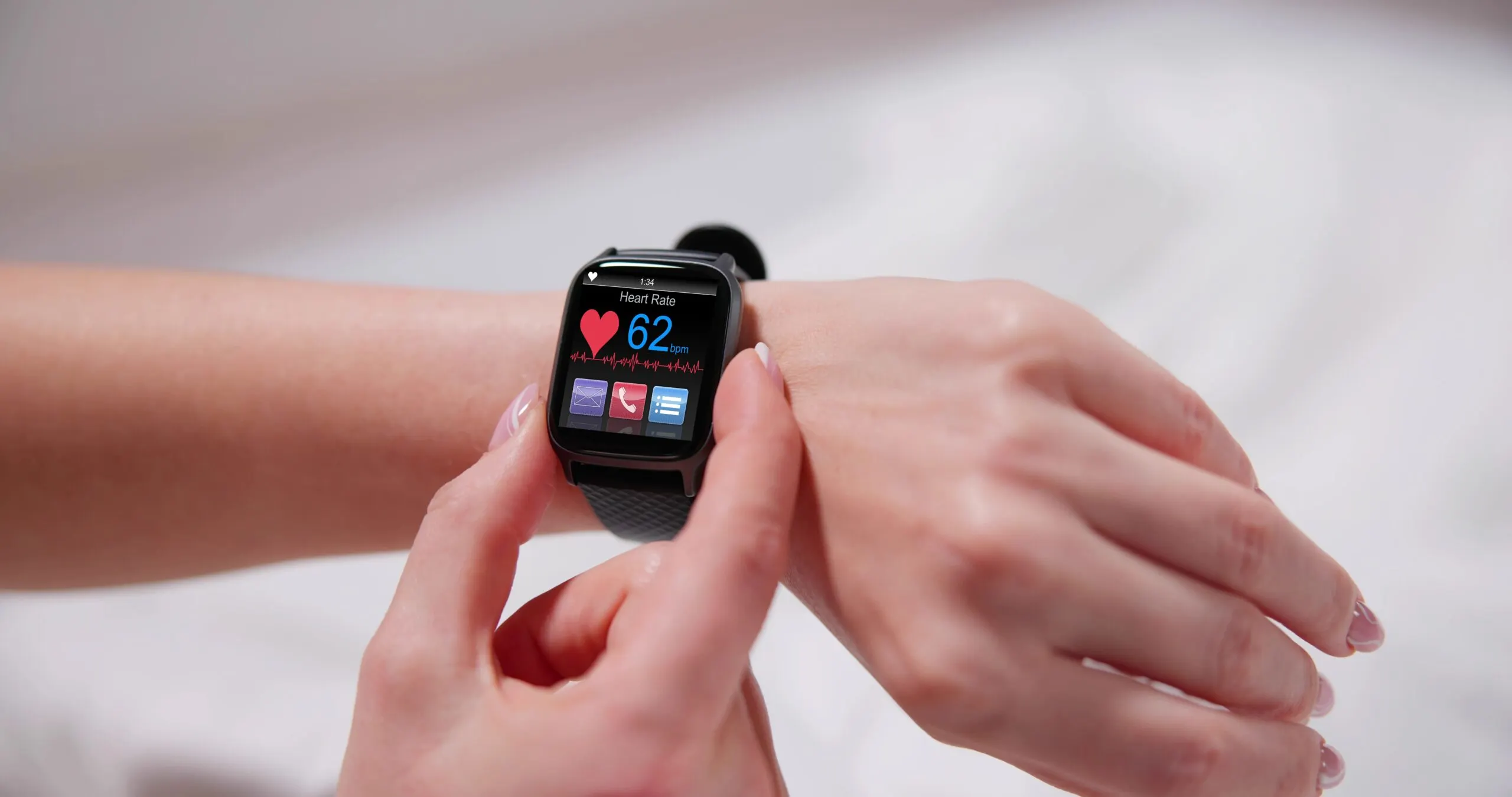
Wearable devices constitute the front line of Healthcare IoT, serving as the primary interface between patients and the broader monitoring ecosystem. These smart sensors have evolved dramatically from simple activity trackers to sophisticated medical-grade monitoring systems capable of detecting subtle physiological changes that indicate health problems.
Modern wearable health devices encompass diverse form factors designed for various applications and patient populations. Smartwatches and fitness bands represent the most ubiquitous category, offering heart rate monitoring, activity tracking, sleep analysis, and increasingly advanced features like electrocardiogram recording and blood oxygen saturation measurement. Companies have developed medical-grade wearables that receive regulatory approval for diagnostic purposes, bridging the gap between consumer electronics and clinical medical devices.
Continuous glucose monitors (CGMs) exemplify the power of IoT wearable technology in managing chronic conditions. These small sensors, inserted just beneath the skin, measure glucose levels every few minutes and transmit data wirelessly to smartphones or dedicated receivers. Patients no longer need finger-stick testing multiple times daily; instead, they receive continuous insight into glucose trends, predicted highs and lows, and alerts when intervention is necessary. Integration with insulin pumps creates closed-loop systems that automatically adjust insulin delivery based on real-time glucose readings—an artificial pancreas that dramatically improves diabetes management.
Smart patches represent another innovative category of wearable sensors. These thin, adhesive devices contain multiple sensors capable of monitoring various physiological parameters simultaneously. Some versions measure heart rate, respiratory rate, temperature, and physical activity while remaining virtually invisible under clothing. Others are designed for specialized applications such as continuous ECG monitoring to detect arrhythmias that occur intermittently and might be missed during brief clinic visits.
The integration of artificial intelligence with wearable devices enhances their analytical capabilities substantially. Machine learning algorithms trained on vast datasets can identify patterns that human observers might miss—subtle changes in heart rate variability that predict atrial fibrillation, gait abnormalities suggesting neurological conditions, or sleep disturbances associated with respiratory problems. As these algorithms continue learning from expanding datasets, their predictive accuracy improves, moving healthcare further toward truly preventive rather than reactive models.
Challenges remain in wearable device adoption and utilization. Battery life continues to limit some applications, though advances in low-power electronics and energy harvesting technologies are extending operational periods. Accuracy and reliability vary across devices, with consumer-grade products generally less precise than medical-grade alternatives. User compliance represents another significant factor—devices only provide value when worn consistently, and some patients struggle with adherence, particularly when devices are uncomfortable or require frequent charging.
Connected Medical Devices and Hospital Equipment
Beyond wearables worn by patients, Healthcare IoT encompasses a vast array of connected medical devices within clinical settings. These smart medical devices enhance hospital operations, improve patient safety, and enable more efficient resource utilization across healthcare facilities.
Infusion pumps equipped with IoT connectivity represent critical advances in medication administration safety. These devices, which deliver precise amounts of medications and fluids intravenously, can now communicate with electronic health records, pharmacy systems, and central monitoring stations. This connectivity enables automatic verification that the correct medication is being administered at the proper dose and rate, reduces programming errors, and provides real-time alerts when issues occur. Medication errors, historically among the most common causes of patient harm, are significantly reduced through these intelligent infusion systems.
Connected imaging equipment, including MRI machines, CT scanners, and ultrasound devices, streamlines diagnostic workflows and enhances care coordination. These systems automatically transmit images to picture archiving and communication systems (PACS), facilitate remote consultations with specialists, and integrate with artificial intelligence diagnostic tools that can identify abnormalities and prioritize urgent cases. IoT-enabled imaging reduces the time between image acquisition and interpretation, accelerating diagnosis and treatment decisions.
Smart beds with integrated sensors monitor patient position, movement, and even vital signs through the mattress itself. These systems help prevent pressure ulcers by alerting staff when patients need repositioning, reduce falls by detecting when patients attempt to exit beds without assistance, and provide continuous monitoring without requiring additional devices attached to patients. In intensive care units, IoT-connected beds integrate with broader monitoring systems, creating comprehensive surveillance that enhances patient safety while reducing alarm fatigue through intelligent filtering of clinically significant events.
Medication management systems utilizing IoT technology automate various aspects of pharmaceutical care. Smart medication cabinets track inventory in real-time, automatically reorder supplies when quantities fall below thresholds, and verify that medications are removed only by authorized personnel for specific patients. Connected pill dispensers in home settings remind patients to take medications, dispense correct doses at scheduled times, and alert caregivers when doses are missed, significantly improving medication adherence, which remains a persistent challenge in chronic disease management.
Asset tracking through IoT sensors solves longstanding logistical challenges in healthcare facilities. Expensive medical equipment often goes missing or remains underutilized because staff cannot locate it when needed. IoT tracking systems using RFID tags or Bluetooth beacons provide real-time location data for wheelchairs, infusion pumps, portable monitors, and other mobile equipment. This visibility improves equipment utilization rates, reduces capital expenditures on redundant equipment, and eliminates time wasted searching for necessary items during critical situations.
Data Analytics and Artificial Intelligence Integration
The true power of Healthcare IoT emerges when vast quantities of collected data undergo sophisticated analysis through artificial intelligence and advanced analytics platforms. Raw physiological measurements become actionable clinical insights through algorithms that identify patterns, predict outcomes, and recommend interventions.
Machine learning algorithms trained on extensive datasets of patient outcomes can predict health deterioration before obvious clinical signs emerge. For example, subtle changes in heart rate variability, respiratory patterns, and activity levels—individually insignificant—may collectively indicate a patient with heart failure is retaining fluid and approaching decompensation. Predictive analytics alerts healthcare teams to intervene before symptoms become severe enough to require emergency hospitalization.
Natural language processing enhances data integration by extracting relevant information from unstructured clinical notes, radiology reports, and other text-based medical documentation. This technology enables IoT systems to incorporate broader clinical context beyond sensor data alone, creating more comprehensive patient profiles that inform care decisions.
Big data analytics identify population health trends and inform public health interventions. Aggregated, anonymized data from thousands of connected devices reveal disease patterns, medication effectiveness across diverse populations, and environmental factors influencing health outcomes. These insights drive evidence-based policy decisions, guide resource allocation, and accelerate medical research by providing real-world evidence beyond traditional clinical trials.
Real-time analytics enable immediate clinical responses through automated alert systems. When a patient’s vital signs indicate deterioration, algorithms not only notify healthcare providers but can also prioritize alerts based on severity, suggest potential causes, and recommend evidence-based interventions. This decision support reduces cognitive burden on clinicians managing multiple complex patients simultaneously and ensures consistent application of best practices.
The integration of artificial intelligence with Healthcare IoT platforms also enables personalization of care protocols. Rather than applying population-average treatment guidelines, algorithms can tailor recommendations based on individual patient characteristics, comorbidities, genetic factors, lifestyle patterns, and treatment responses. This precision medicine approach optimizes therapeutic efficacy while minimizing adverse effects and unnecessary interventions.
Benefits of Healthcare IoT Implementation
The implementation of Healthcare IoT solutions delivers multifaceted benefits across the healthcare ecosystem, fundamentally improving care quality, operational efficiency, and patient experiences while reducing costs.
Improved patient outcomes represent the most significant benefit of Healthcare IoT. Continuous monitoring enables early detection of complications, allowing timely interventions that prevent adverse events. Patients with chronic diseases achieve better control through real-time feedback and automated alerts. Post-surgical patients experience safer recoveries through vigilant home monitoring that identifies infections, bleeding, or other complications when treatment is most effective.
Reduced healthcare costs result from multiple mechanisms. Hospital readmissions, which represent substantial expenses and indicate care quality issues, decrease significantly through remote patient monitoring that identifies problems before they necessitate emergency care. Preventive interventions cost far less than treating acute complications. Length of hospital stays shortens when IoT systems enable safe, earlier discharge with continued home monitoring. Emergency department utilization decreases as patients and providers have tools to manage urgent issues through telehealth consultations informed by real-time IoT data.
Enhanced patient engagement emerges naturally from healthcare IoT adoption. When patients have access to their own health data through user-friendly applications, they become active participants in care management rather than passive recipients of medical services. Visualizing the impact of lifestyle choices on health metrics motivates behavior change more effectively than abstract medical advice. Patients report greater satisfaction with care when they feel informed, empowered, and connected to their healthcare teams despite geographic separation.
Operational efficiency improvements benefit healthcare organizations substantially. Connected devices automate data collection, eliminating manual vital sign documentation that consumes nursing time and introduces transcription errors. Asset tracking reduces equipment search time and improves utilization rates. Predictive maintenance alerts for medical devices prevent unexpected failures and costly emergency repairs. Staff scheduling becomes more efficient when patient acuity can be assessed remotely, allowing appropriate resource allocation.
Access to care expands dramatically through IoT-enabled telemedicine and remote monitoring. Rural populations separated from specialty care by vast distances receive expert consultations through connected diagnostic devices. Elderly patients maintaining independence at home have access to medical supervision previously available only through assisted living facilities. Developing nations leapfrog traditional healthcare infrastructure limitations by deploying IoT solutions that leverage existing cellular networks.
Clinical research accelerates through real-world data collection. Traditional clinical trials face challenges of limited duration, controlled environments that don’t reflect typical patient experiences, and reliance on patient recall of symptoms. Healthcare IoT enables continuous objective data collection in natural environments over extended periods, providing insights impossible through conventional research methodologies.
Challenges and Security Concerns
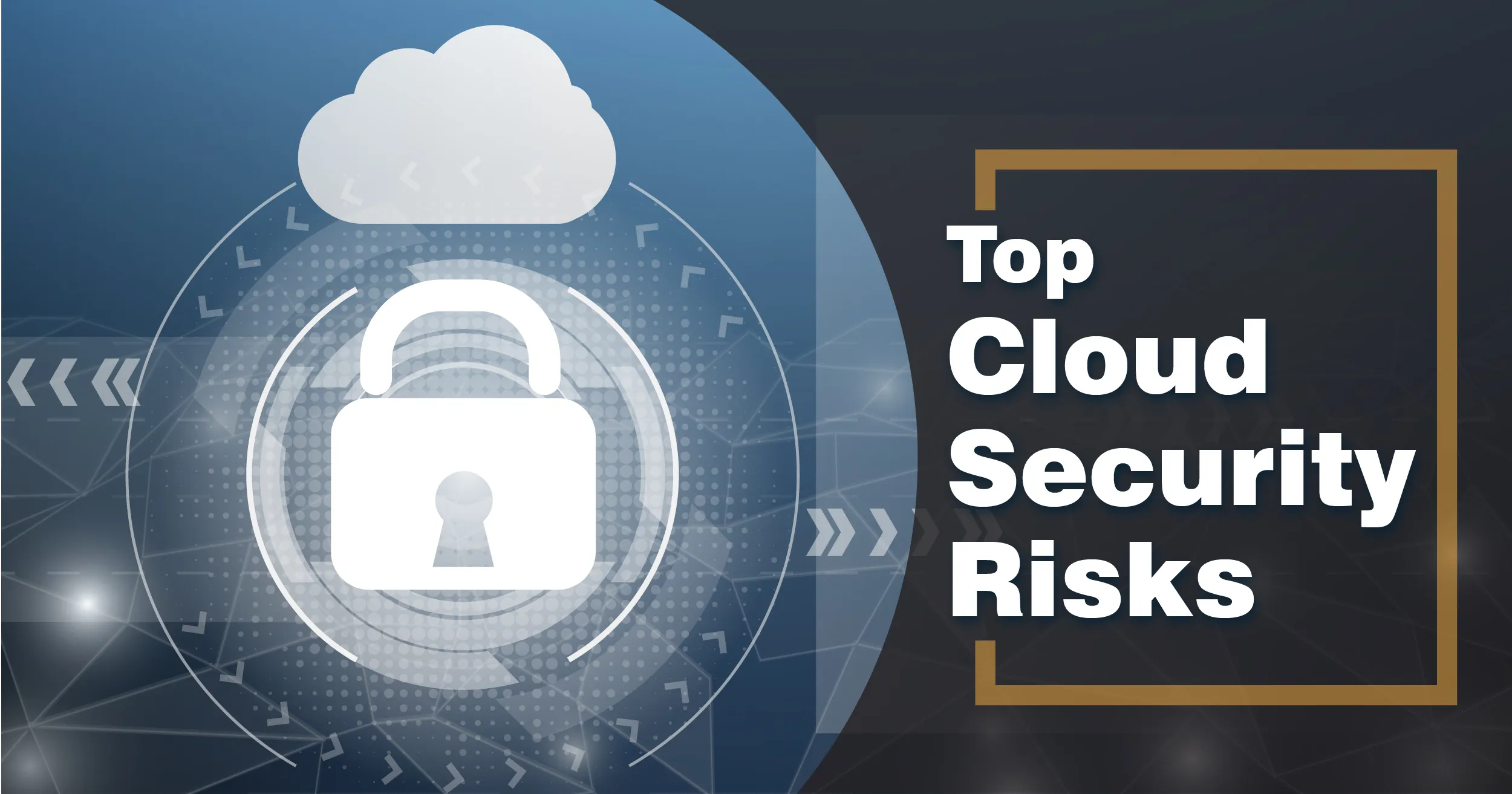
Despite tremendous benefits, Healthcare IoT implementation faces significant challenges that must be addressed to realize the technology’s full potential while protecting patient safety and privacy.
Cybersecurity threats represent perhaps the most serious concern in Healthcare IoT. Medical devices with internet connectivity potentially become targets for cyberattacks that could compromise patient data or, more alarmingly, manipulate device functions to cause physical harm. Ransomware attacks on healthcare systems can disable critical equipment, while data breaches expose sensitive health information. The distributed nature of IoT networks with numerous connected endpoints creates expanded attack surfaces compared to traditional centralized systems. Ensuring robust security across diverse devices from multiple manufacturers with varying security capabilities remains enormously challenging.
Data privacy concerns extend beyond security breaches to questions about appropriate data use, consent, and governance. Healthcare IoT systems collect unprecedented volumes of highly personal health information. Who owns this data? How long should it be retained? Can it be used for purposes beyond immediate clinical care, such as research, insurance underwriting, or marketing? These questions lack clear answers and vary across jurisdictions with different privacy regulations. Patients may not fully understand what data is collected, how it’s used, or with whom it’s shared, raising ethical concerns about meaningful informed consent.
Interoperability challenges hinder seamless integration across Healthcare IoT ecosystems. Medical devices from different manufacturers often use proprietary communication protocols that don’t interact easily. Electronic health record systems may not readily accept data from various IoT devices, requiring manual data entry that negates efficiency benefits. Standardization efforts are progressing but remain incomplete, and economic incentives sometimes discourage manufacturers from enabling interoperability that might benefit competitors.
Regulatory complexity creates uncertainty for Healthcare IoT developers and healthcare providers. What constitutes a medical device requiring regulatory approval? How should software updates that modify device functionality be regulated? Traditional regulatory frameworks designed for static medical devices struggle to accommodate rapidly evolving IoT technologies that receive frequent software updates, adding new capabilities. Regulatory approval processes may not keep pace with innovation cycles, potentially delaying beneficial technology deployment.
Reliability and accuracy concerns affect clinical decision-making based on IoT device data. Sensor errors, communication failures, and algorithmic mistakes can provide misleading information that prompts inappropriate interventions or fails to alert providers about genuine problems. Healthcare providers must understand device limitations and maintain appropriate skepticism rather than blindly trusting automated alerts. False alarms create alert fatigue where providers become desensitized to notifications, potentially missing critical warnings among numerous inconsequential alerts.
Digital divide issues threaten to exacerbate healthcare disparities. Healthcare IoT solutions require patients to have internet access, smartphones or computers, and sufficient digital literacy to use applications effectively. Elderly patients, low-income populations, and rural communities may lack necessary technology or technical skills, creating two-tiered healthcare where advantaged populations benefit from innovative IoT solutions while disadvantaged groups are left behind.
Future Trends in Healthcare IoT
The trajectory of healthcare IoT points toward increasingly sophisticated, integrated, and intelligent systems that further transform medical care delivery over the coming years.
5G network deployment will dramatically enhance Healthcare IoT capabilities through increased bandwidth, reduced latency, and support for vastly more connected devices per geographic area. Remote surgery with haptic feedback becomes feasible when 5G enables real-time transmission of detailed imaging and sensor data without delays that could compromise patient safety. Emergency medical services will transmit live video, vital signs, and ultrasound images to hospitals while en route, enabling receiving teams to prepare precisely appropriate resources.
Edge computing will shift more data processing to device locations rather than relying exclusively on cloud infrastructure. This distributed approach reduces latency for time-critical applications, decreases bandwidth consumption, enhances privacy by limiting data transmission, and maintains functionality when internet connectivity is interrupted. Advanced analytics will occur partly on wearable devices themselves, enabling instantaneous responses to detected abnormalities.
Blockchain technology may address interoperability and security challenges in Healthcare IoT. Distributed ledger systems could enable secure data sharing across organizations while maintaining patient control over information access. Smart contracts could automate administrative processes like insurance claims when IoT devices document specific health outcomes or treatment adherence.
Augmented reality integration with Healthcare IoT systems will enhance surgical procedures, medical training, and patient education. Surgeons could visualize patient anatomy overlaid on their bodies during procedures using data from pre-operative imaging and intra-operative sensors. Medical students could interact with virtual patients whose physiological responses reflect real IoT monitoring data.
Genomic integration will enable truly personalized medicine when genetic information combines with continuous IoT monitoring and environmental data. Treatment protocols will account for individual genetic variations affecting drug metabolism, disease susceptibility, and therapeutic responses, optimized based on real-world outcome data collected through connected devices.
Ambient intelligence will make healthcare monitoring increasingly unobtrusive. Rather than wearing multiple devices, patients will benefit from sensors embedded in clothing, furniture, floors, and ambient environments that collect health data continuously without requiring active patient participation. Smart homes will become health monitoring environments, detecting falls, analyzing gait patterns, monitoring activity levels, and identifying behavioral changes suggesting cognitive decline.
More Read: IoT Platform Comparison: Choosing the Right Solution
Conclusion
Healthcare IoT represents a fundamental paradigm shift in medical care delivery, transforming reactive, episodic treatment models into proactive, continuous health management systems. The integration of remote patient monitoring, wearable devices, connected medical equipment, and advanced data analytics creates unprecedented opportunities to improve patient outcomes, enhance care access, reduce costs, and empower individuals in managing their health.
While significant challenges around cybersecurity, privacy, interoperability, and equitable access remain, ongoing technological advances and evolving regulatory frameworks are addressing these concerns. As 5G networks, artificial intelligence, and edge computing mature, Healthcare IoT will become increasingly sophisticated, seamlessly integrated into daily life, and essential to delivering high-quality, personalized care. The future of healthcare is undeniably connected, intelligent, and patient-centered, with IoT technology serving as the enabling infrastructure that makes this vision a reality for populations worldwide.

